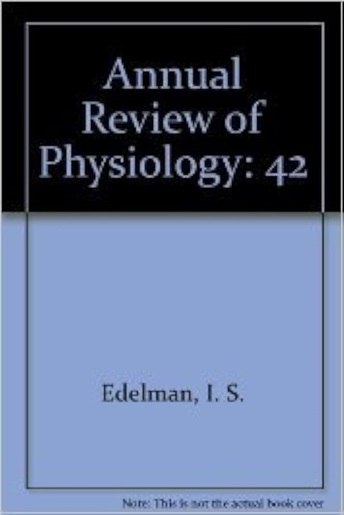Diapause.
IF 15.7
1区 医学
Q1 PHYSIOLOGY
引用次数: 140
Abstract
Embryonic diapause, or delayed implantation as it is sometimes known, is said to occur when the conceptus enters a state of suspended animation at the blastocyst stage of development. Blastocysts may either cease cell division so that their size and cell numbers remain constant, or undergo a period of very slow growth with minimal cell division and expansion. Diapause has independently evolved on many occasions. There are almost 100 mammals in seven different mammalian orders that undergo diapause. In some groups, such as rodents, kangaroos, and mustelids, it is widespread, whereas others such as the Artiodactyla have only a single representative (the roe deer). In each family the characteristics of diapause differ, and the specific controls vary widely from lactational to seasonal, from estrogen to progesterone, or from photoperiod to nutritional. Prolactin is a key hormone controlling the endocrine milieu of diapause in many species, but paradoxically it may act either to stimulate or inhibit growth and activity of the corpus luteum. Whatever the species-specific mechanisms, the ecological result of diapause is one of synchronization: It effectively lengthens the active gestation period, which allows mating to occur and young to be born at times of the year optimal for that species.滞育。
胚胎滞育,或有时被称为延迟着床,据说发生在囊胚发育阶段,当母体进入假死状态时。囊胚要么停止细胞分裂,使其大小和细胞数量保持不变,要么经历一段非常缓慢的生长时期,使细胞分裂和扩张最小。滞育在很多情况下都是独立进化的。在7种不同的哺乳动物目中,有近100种哺乳动物经历滞育。在一些类群中,如啮齿动物、袋鼠和鼬科动物,它是广泛分布的,而其他类群,如偶蹄目动物只有一个代表(狍)。在每个家族中,滞育的特征是不同的,具体的控制也有很大的不同,从哺乳期到季节,从雌激素到黄体酮,或从光周期到营养。催乳素是控制许多物种滞育内分泌环境的关键激素,但矛盾的是,它可能刺激或抑制黄体的生长和活性。无论物种特有的机制是什么,滞育的生态结果都是同步的:它有效地延长了活跃的妊娠期,这使得交配和幼崽在一年中最适合该物种的时间出生。
本文章由计算机程序翻译,如有差异,请以英文原文为准。
求助全文
约1分钟内获得全文
求助全文
来源期刊

Annual review of physiology
医学-生理学
CiteScore
35.60
自引率
0.00%
发文量
41
期刊介绍:
Since 1939, the Annual Review of Physiology has been highlighting significant developments in animal physiology. The journal covers diverse areas, including cardiovascular physiology, cell physiology, ecological, evolutionary, and comparative physiology, endocrinology, gastrointestinal physiology, neurophysiology, renal and electrolyte physiology, respiratory physiology, and special topics.
 求助内容:
求助内容: 应助结果提醒方式:
应助结果提醒方式:


